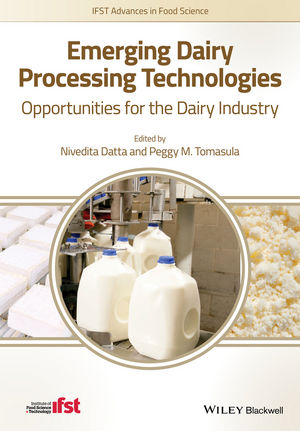The case for competitive bidding
Legislation under review in Pennsylvania could help the state dramatically reduce nitrogen runoff while reducing overall compliance costs.

I came to the National Milk Producers Federation (NMPF) just over three years ago to focus on the environmental issues, as well as the challenges and opportunities, that exist for the nation’s milk producers. One opportunity that caught my attention early on was water quality trading (WQT). To this day, I am still enamored with the concept.
At its most basic, WQT is a deal between two parties to remove a nutrient or pollutant from a watershed. The party that can do it for the lowest cost is paid by the party who would have to do it at a higher cost — typically to be compliant with a permit. However, despite decades of attempts, WQT has yet to manifest itself in the way I envisioned. But a lot of folks are still pushing the idea, or variants of it.
Stormwater remains a challenge for Maryland
In Maryland, state officials are urging on a WQT program as a collaboration between the Maryland Department of Agriculture and the Maryland Department of the Environment. With a little luck, we may see some trades this year. Maryland citizens have invested a lot of money into upgrading the state’s sewage treatment facilities, known as publicly owned treatment works. There is no need for trading right now, but it is envisioned that as Maryland’s population grows, that will change.
Stormwater systems, on the other hand, are Maryland’s greatest challenge. Maryland’s overall costs to clean up the Chesapeake Bay are estimated to be $14.45 billion, with more than half of that cost associated with stormwater cleanup. If Maryland can get trading going with stormwater authorities and agriculture, that number could drop dramatically.
Pennsylvania weighing competitive RFP program
Pennsylvania is another state giving a lot of attention to water quality issues. It is one of six states that need to reduce nitrogen, phosphorus and sediment runoff before it reaches the Chesapeake Bay. Because of the bay’s total-maximum-daily-load (TMDL) requirement, the commonwealth must reduce an additional 34 million pounds of nitrogen in the next eight years.
In January 2013, the Legislative Budget and Finance Committee (LBFC) of the Pennsylvania General Assembly issued a report titled “A Cost-Effective Alternative Approach to Meeting Pennsylvania’s Chesapeake Bay Nutrient Reduction Targets.” It estimated that agricultural best management practices (BMPs) could remove 1 pound of nitrogen from the watershed for $54, whereas urban stormwater BMPs could remove that same pound at an estimated $386. The report also mentioned that on-farm nutrient-removal technologies could remove nitrogen for just $11 per pound.
The authors of the report suggest the creation of a competitive request for proposal (RFP) program, based, in part, on a successful program created in Colorado to control salinity in the Colorado River. The suggested Pennsylvania program calls for the Department of the Environment (DEP) to identify the pounds of nutrients that need to be removed to meet the TMDL requirement, develop a formula to explain how bids would be scored, and request proposals for voluntary nutrient reductions.
The established Pennsylvania Infra-structure Investment Authority would act as the facilitator. Contract periods could last up to 20 years to allow investors to recoup large-scale investments. The LBFC estimates that “a competitive RFP program could dramatically lower overall compliance costs, perhaps by 80% or more for nonpoint agriculture and urban runoff.”
Four years after publication of that report, legislation in the Pennsylvania Senate — the Pennsylvania Clean Water Procurement Program (SB 799) — now exists to implement the concept. The legislation is currently under review in the Environmental Resources and Energy Committee.
If the legislation succeeds, the DEP will need to create a program as described in the LBFC report. A Watershed Improvement Fund would be created by taking $50 million per year for the next 10 years from current permittees in exchange for removing their obligations to reduce their pollutant loads. If the current permittees think they can reduce pollution in a cost-effective competitive manner, they could always participate in the program and respond to the RFP with a competitive bid.
As a ratepayer and taxpayer in Maryland, I see value in such a program. Where I live, we have both a flush tax and a rain tax, so I have been paying for clean water efforts for years. If Maryland had followed a competitive bidding program, residents would have received more bang for their buck, more nutrient reductions and cleaner water. Let’s see if Pennsylvania can one-up its neighbor.
Looking for a reprint of this article?
From high-res PDFs to custom plaques, order your copy today!








